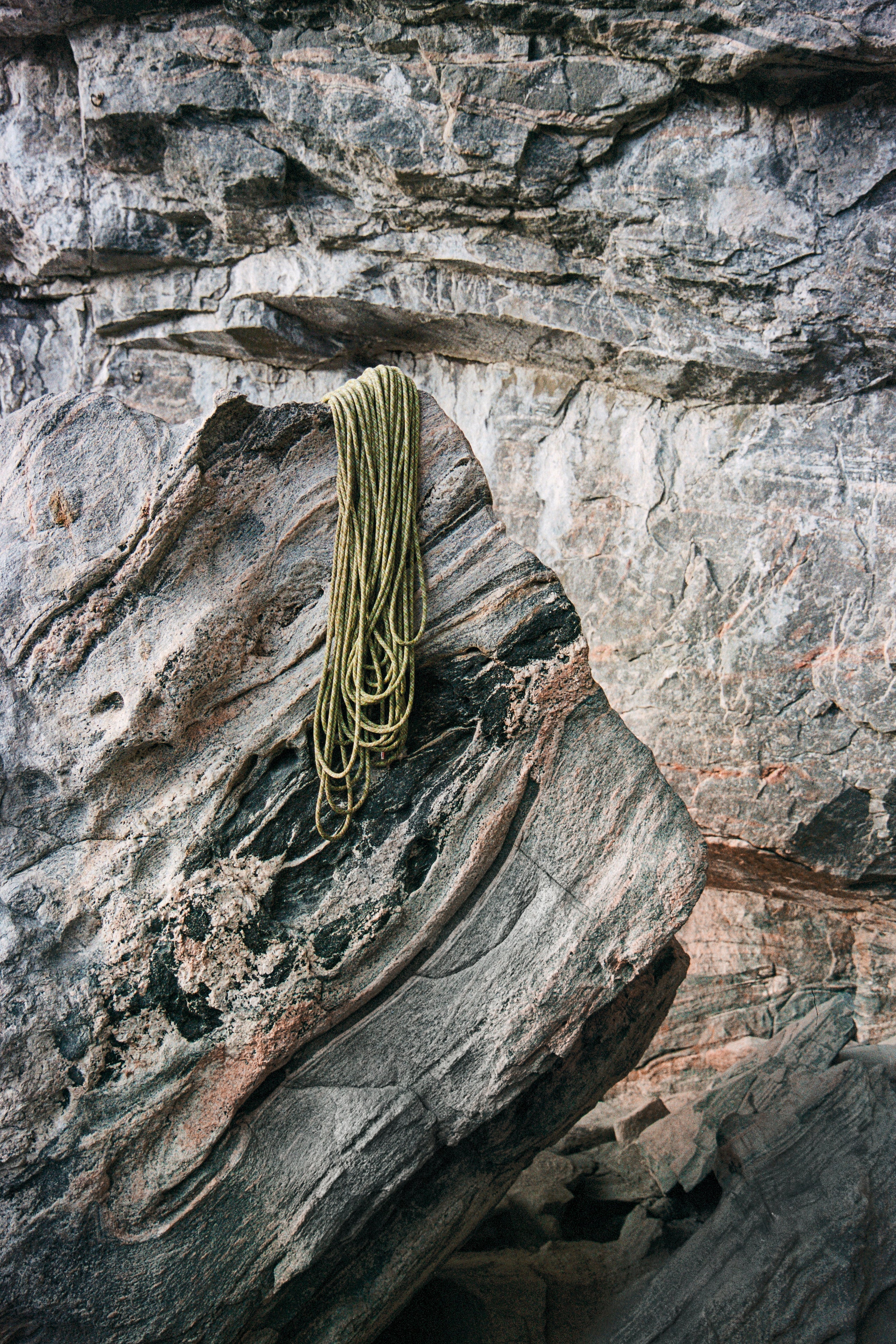When climbing – whether sport, trad or indoor, ropes are your lifeline.
Literally.
So we’ve put together a few general tips to help you understand the state of your rope and what to do about it!
Part 1: What can damage my rope?
Part 2: When should I retire my rope?
Part 3: How do I cut my damaged rope?
Part 4: How do I wash my rope?
Part 5: How to store and maintain a rope.
But for now, let's learn how to avoid damaging our ropes!
Part 1: What can damage my rope?
There are a tonne of things that can cause damage to your rope. But to help make it easier, we've listed some of the more common causes of rope damage and what to do about them.
- Exposure to acids. For example, storing next to a car battery in your garage or the back of your Troope. The damage is invisible, so we advise using a rope bag for storage and avoid putting your precious rope next to batteries or other acidic products!
-
Falling with a rope factor fall above 1.0 – then your rope is compromised (That’s a big whipper!). Although all our ropes are built and tested to be able to withstand up to 5 factor 1.7 falls, if your rope is older or worn out, it may not be safe.
- For those wondering what is a ‘fall factor’. The theory is fall distance divided by amount of rope out. For example, 20m of rope out (belayer to climber), climber falls a total of 5m from initial height to landing height. fall factor
- Sharp edges! The quickest way to wear out your rope. Lowering over a sharp edge is one of the fastest ways to damage your rope. So when climbing, rappelling or abseiling, try to avoid sharp edges or use longer quickdraws to reduce rope drag and allow the rope to run smoothly.
So now we know what to avoid, check out next week's blog (Part 2) to learn when it's time to hang up the rope and buy a new one.
Read more
Q. Why is it important to check your gear regularly, and what should I look for? Maybe you’re just getting into climbing and Mum or Dad have offered their old harness and shoes just ‘to get you st...

When should I retire my rope? Deciding to retire your rope can be hard. You’ve had some great sends with that rope, been on some great adventures, struggled through hard times and achieved great th...

